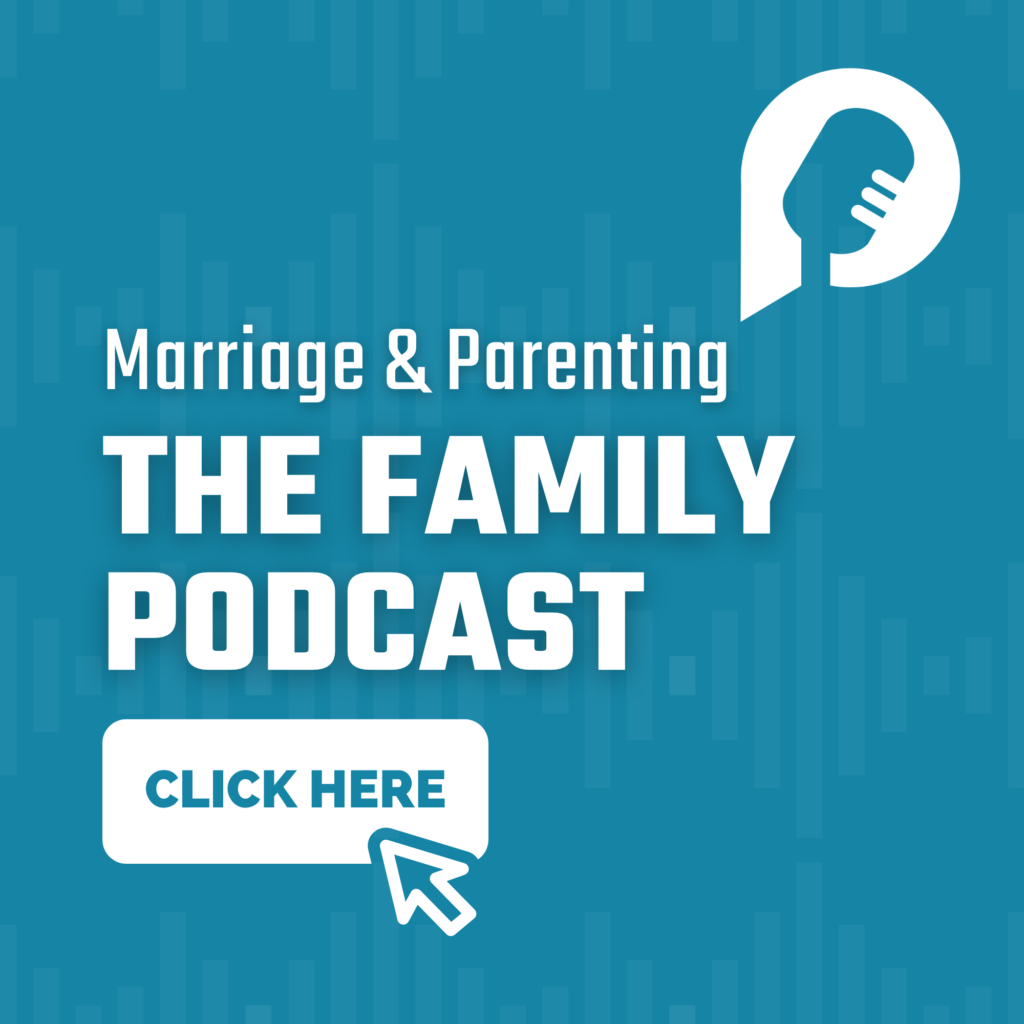Watch the video above and talk about it with a group or mentor. Learn more.
We all have toxic relationships in our lives. These are people who drain our energy and bring out the worst in us. They may be negative or controlling people, or people who tempt us in bad directions.
The best way to handle toxic people is to clearly communicate and enforce good boundaries. (Learn more at “Managing Toxic Relationships.”) But people often choose unhealthy relationship patterns, like these:
The Appeaser
When faced with a toxic person, the Appeaser won’t set boundaries or won’t enforce the boundaries he sets. He isn’t willing to risk a confrontation, because he doesn’t want to offend. The Appeaser is often driven by a need to be liked. He would rather live with trampled boundaries than with disapproval or contempt. The Appeaser prevents the toxic person from changing and growing because of his unwillingness to express the real effects of toxic behaviors.
The Fixer
The Fixer thinks she can change the toxic person. So she makes the problem her own, diving in to help with lots of advice. The Fixer ends up caring more about the issue than the person she is trying to help. Eventually, she becomes enmeshed in the relationship and in the toxic issues. Fixing that person becomes a major part of the relationship dynamic, and she stays in the relationship far too long. The Fixer prevents the toxic person from changing and growing because she takes most of the responsibility for change.
The Volcano
This person may also be an Appeaser or a Fixer. He puts up with the toxic behavior patiently, holds his peace when boundaries are trampled, or keeps working hard to fix things. But eventually he can’t take it anymore. Instead of a calm but firm conversation, the Volcano erupts in anger and frustration and becomes toxic himself.
The Hinter
This is a form of passive-aggressive behavior. Instead of setting a clear boundary, the Hinter tries to nudge the toxic person in the right direction by dropping subtle suggestions. She expects other people to get the clues and figure it out for themselves – then she gets frustrated when they don’t. Instead of saying what she means, the Hinter may find small, petty ways to get back at the other party.
You can think of other unhealthy ways that people deal with toxic relationships, like the Avoider, the Escape Artist, or the Stonewaller. The best way is to clearly and calmly communicate your boundaries, and then stick to them.
Discussion Questions:
- Watch the video together or invite someone to summarize the topic.
- What is your initial reaction to this video? Do you disagree with any of it? What jumped out at you?
- Which of these relationship patterns do you most identify with, and why?
- Can you think of other unhealthy ways that people handle toxic relationships? What are they?
- Tell us about a time when you mishandled a toxic relationship. What happened?
- How can we handle toxic relationships in a way that might actually benefit the toxic person?
- Write a personal action step based on this conversation.






